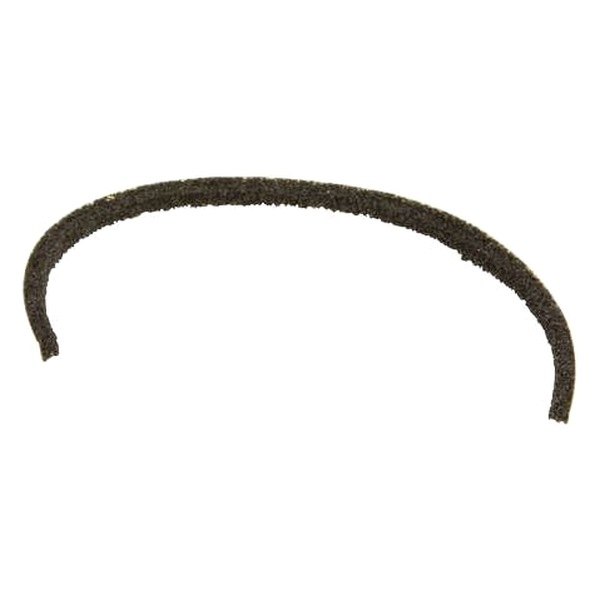


Have you noticed that oil has started to leak out of the bottom of your car? This should always be a major cause for concern with regards to your car.

You’ll want to replace your timing cover gasket right away if you see the signs. You shouldn’t ever ignore these signs since doing so could eventually lead to further problems with your engine as a whole. It’s often difficult to get down to your timing cover, and even if you’re able to do it, there’s no guarantee that you’re going to be able to see your timing cover gasket.īut there are going to be some signs that you’ll start to see when your timing cover gasket is bad. The 4 Most Common Signs of a Bad Timing Cover GasketĪs we alluded to a few minutes ago, you’re not necessarily going to be able to just pop the hood of your car and check on your timing cover gasket.

If you live in a place where it gets very hot and you constantly expose your car to harsh driving conditions, it could result in your car’s timing cover gasket wearing out on you sooner than expected. Because even though most timing cover gaskets last for 100,000 miles, there are some that are going to give out on car owners earlier than that. You should, however, be aware of what you should look out for when it comes to a bad timing cover gasket. And your timing cover should last even longer than that. Generally speaking, you should be able to get around 100,000 miles out of it before it begins posing any problems. The good news for those who might be worried about their timing cover gasket is that it isn’t a part that’s going to break down on you very often. How Long Should a Timing Cover Gasket Last? And while it’s built to last for a long time without wearing out on you, it’s eventually going to meet its demise and need to be replaced. It’s going to be exposed to high temperatures almost every time you turn on your car. There is really no way to stop the heat from your engine from ruining your timing cover gasket. It will also stop it from being able to form a tight seal and render your timing cover gasket virtually useless. This will pull it apart from the surfaces that it sits on. When a timing cover gasket is exposed to heat for too long, it can start to dry out on you and shrink. And just like all of the other gaskets in your car, the heat that builds up in and around your engine can cause it to break down over time. Your timing cover gasket is one of the many gaskets located inside of your car. What Causes a Timing Cover Gasket to Fail? If you don’t, it could cause complications with your timing belt or chain as well as other components inside of your engine. You will, at that point, need to replace your timing cover gasket to stop it from allowing dirt and debris into your engine. But over time, it can begin to break down on you and that will stop it from forming the tight seal that your engine needs. You shouldn’t experience too much trouble with your car’s timing cover gasket. There is also a timing cover gasket that is designed to create a tight seal and stop dirt and debris in their tracks. As a result, there is a timing cover that sits on top of your timing belt or chain to keep it clean. Problems can occur if dirt and debris are ever able to work their way into your engine and come into contact with your timing belt or chain.


 0 kommentar(er)
0 kommentar(er)
